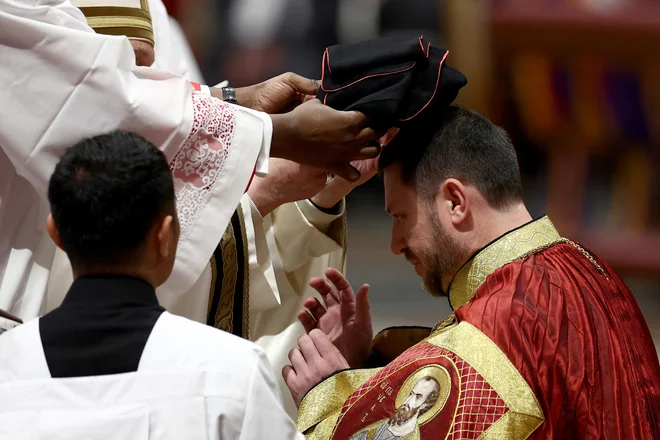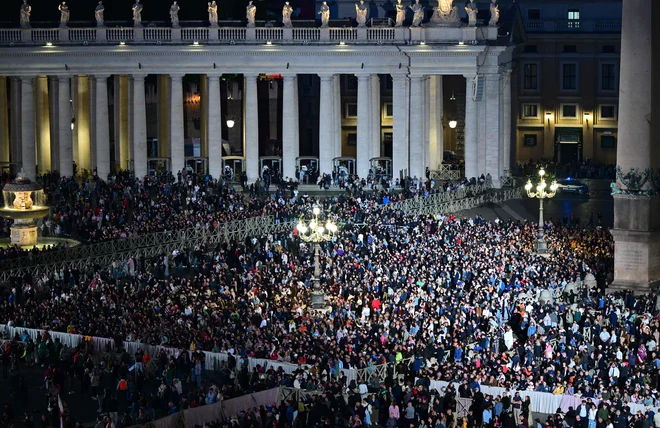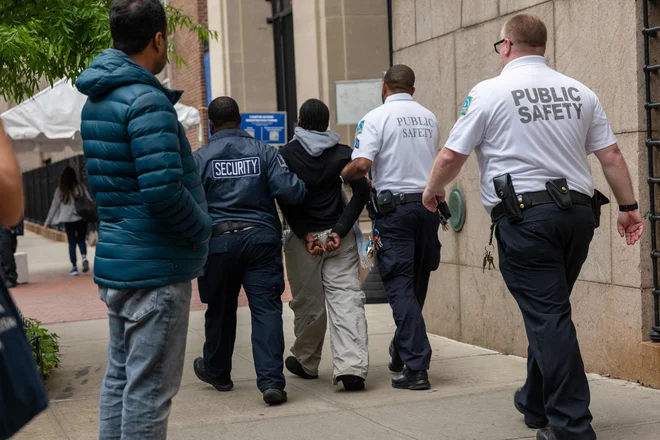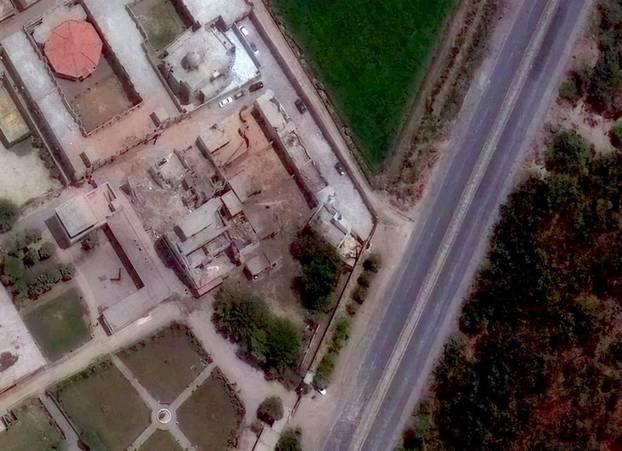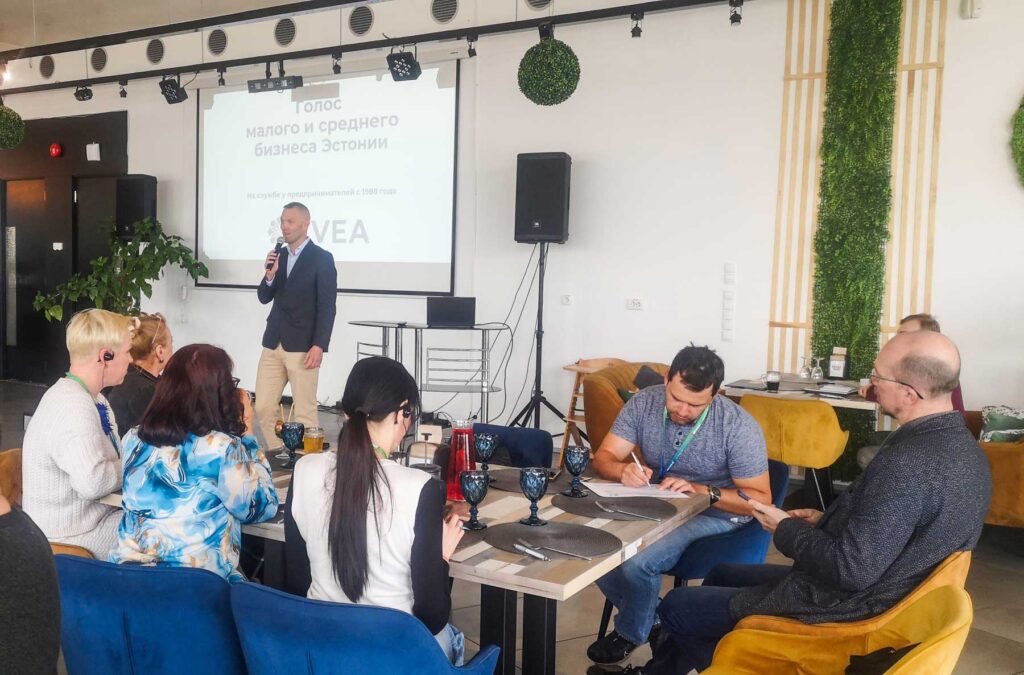Sulfur and sugar also deserves a color on the CONCLAV

If you smell sulfur, its stench, it can figuratively mean that you have perceived the collapse or the presence of something diabolic, says the dictionary of Italian Treccani.
And yet, this chemical element is a key component of something that is closely linked to one of the most high -profile procedures in Rome, with the choice of one who will take the forehead of 1.4 billion Catholics and the fight against hell: chosen by the pope.
Today around 7pm, the chimney over the Sistine Chapel, which will again star the whole world, will be smoked for the first time after the start of this year, and if the tradition counts, smoke will most likely be black. It has not happened for centuries for the pope to be elected in the first vote. There is also sulfur in black smoke.
What is beyond cardinal pyrotechnics?
Communication to the « city and the world » regarding the performance or failure of votes entered into the history of the Conclaves only in the early 20th century. The first white smoke that accompanied the election Benedict XV.he smoked on the Conclav in 1914. At the time of the previous one, in 2013, when they elected Pope Francisand the ingredients of their smoke mixtures were also issued in the Vatican.
Black smoke was created on the previous concact by adding potassium perchlorate, which is a strong oxidizing agent and can react with many organic substances, anthracene and sulfur.
White smoke was created by adding potassium chlorate, which is also a strong oxidizing agent, milk sugar and pine resin. An interesting recipe.
At first, the crucial absence of smoke was
The tradition of burning ballots after each vote dates back to the beginning of the 19th century. The smoke was then indicated by unsuccessful election, and the absence of smoke instead meant a successful election. It was not until 1914 that the black smoke (Italian Fumata Neda), which rises from the temporary chimney on the roof of the Sistine Chapel, indicates that the vote did not lead to election, and white (Fumata Bianca) was that the new pope was selected.
It didn’t always go to plan. There was some confusion in the concats in 1939 and 1958.

